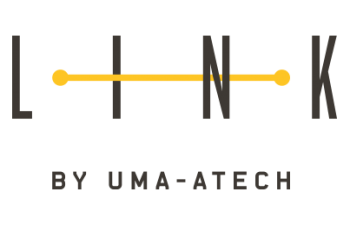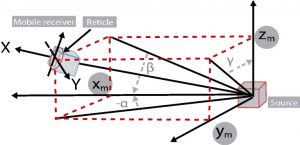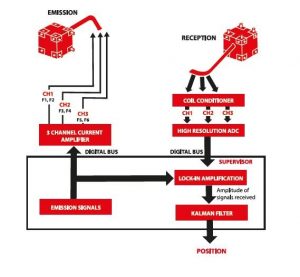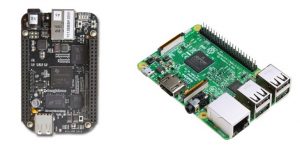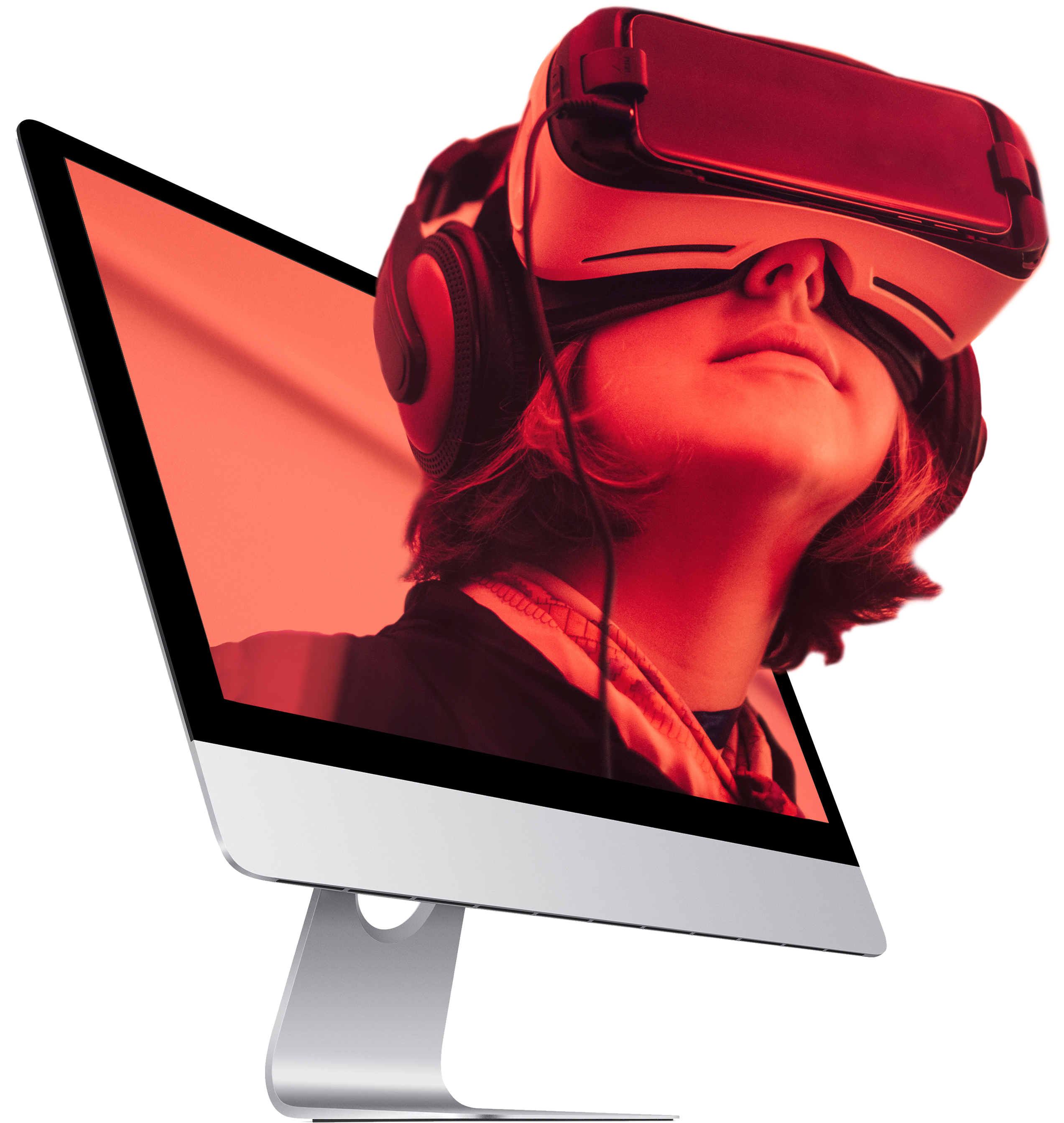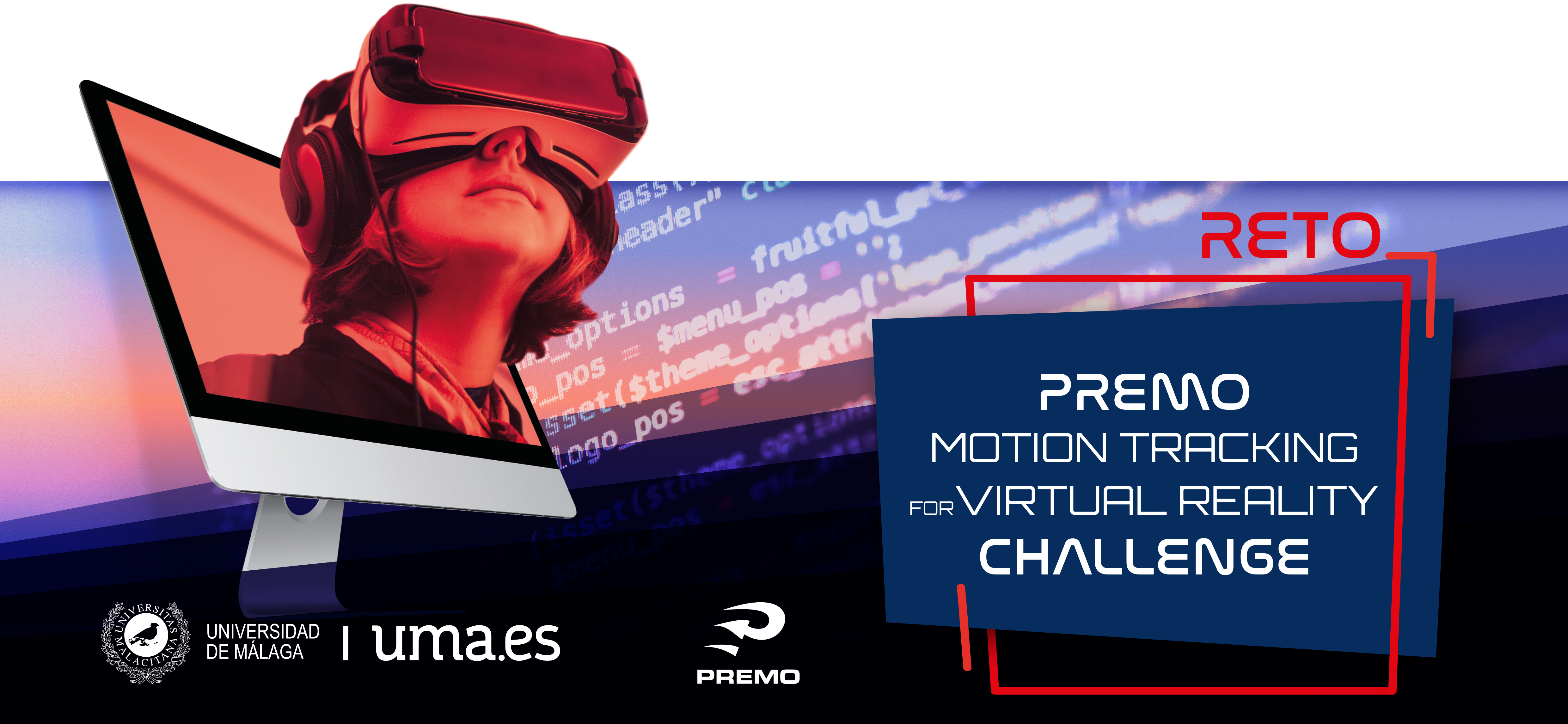
Grupo Premo, en colaboración con la Universidad de Málaga, te plantea el reto de desarrollar un sistema de captura de movimiento para realidad virtual. A los participantes, además de la oportunidad de formarse durante 4 meses con profesionales de PREMO, podrán optar a becas de trabajo en la empresa para los 3 mejores participantes.
¡Desarrolla todo tu ingenio en el PREMO Motion Tracking for Virtual Reality Challenge!
Inscríbete antes del 26 de Enero de 2018
OBJETIVO
Desarrollar un sistema de captura de movimiento mediante tecnología de campo magnético cercano. Mediante el uso de tres sensores y emisores magnéticos tridimensionales, cada equipo deberá desarrollar una solución hardware/software para el seguimiento de uno o varios elementos móviles en un espacio indoor.
ESPECIALIDADES Y EQUIPOS
El concurso está dirigido a estudiantes de ingeniería de telecomunicaciones, ingeniería informática e ingeniería industrial, que estén en su último año.
Los participantes trabajarán en equipos, con un mínimo de 2 estudiantes y un máximo de 4. Para tener éxito en este reto, el equipo tendrá que desarrollar hardware y software. Por este motivo, los equipos interdisciplinares serán más competitivos a la hora de afrontar el proyecto.
REGISTRO
Todos los estudiantes deberán registrarse individualmente en el sitio del concurso en línea. Los equipos serán nombrados oficialmente en la primera sesión presencial del desafío.
TECNOLOGÍA
La tecnología de captura de movimiento permite seguir a un objeto, obtener todos sus datos de ese movimiento y posteriormente procesarlos. Por ejemplo, un avatar virtual puede ser representado tal y como se mueve una persona real.
Siguiendo con el ejemplo del avatar, el papel que juega el electromagnetismo es el de vehículo con el que se mueve la información desde nuestro cuerpo hacía el sistema que representa el avatar en el espacio virtual. El avatar se moverá exactamente tal y como se mueve nuestro cuerpo.
Los sistemas de captura de movimiento basados en tecnología electromagnética constan de dos elementos principales: emisores de campo y sensores.
El emisor o transmisor de campo es una antena, normalmente fija en una posición conocida. Se encarga de generar un campo magnético en las 3 direcciones del espacio (X/Y/Z). Pueden ser tres antenas individuales o un componente monolítico con capacidad de generación de campo en las tres dimensiones.
Los sensores son dispositivos móviles integrados o montados en el elemento que va a ser monitorizado en el espacio para capturar su movimiento. También deben ser sensibles en las tres dimensiones, de esta forma su posición y orientación pueden ser conocidas.
El sistema usa una referencia espacial (el emisor que genera el campo) y los sensores miden ese campo en cada uno de los ejes. La orientación y el movimiento pueden ser conocidos mediante ecuaciones analíticas simples. El resultado de este cálculo es el dato de posición y orientación del sensor, este dato debe enviarse de vuelta al emisor para representar el resultado en pantalla (avatar).
Para el desarrollo del reto, PREMO proporcionará a los equipos con los sistemas hardware necesarios. Inicialmente, una placa de procesado versátil es necesaria. Las placas BeagleBoard o Raspberry Pi son excelentes candidatas, dada su alta capacidad de proceso y la facilidad de programación para algoritmos de cálculo de este tipo.
Además, será necesario hardware adicional para completar el sistema, tales como: elementos analógicos de instrumentación para el sensor, fuente de alimentación, elementos auxiliares, etc. Cada equipo será responsable de definir e integrar estos elementos. PREMO siempre proporcionará todo el hardware a petición de cada equipo.
La solución desarrollada debe ser «portátil». Esto significa, debe caber dentro de un pequeño equipaje para ser transportado. Puede alimentarse mediante una toma de corriente (no es obligatorio utilizar la batería), pero los componentes deben ser lo suficientemente pequeños como para caber en una caja pequeña.
CALENDARIO
El desafío será llevado a cabo usando estas fechas:
- 12 de Diciembre de 2017: Lanzamiento oficial y registro abierto.
- 26 de Enero de 2018: Registro cerrado.
- 2 de Marzo de 2018: Primera sesión en persona. Creación de equipos.
- 1 de Junio de 2018: Última sesión presencial. Desafío de cierre y comienzo de la evaluación.
- 3 de Julio de 2018: Publicación de resultados.
EVALUACIÓN
Las soluciones presentadas serán evaluadas por un equipo de expertos en base a diversos criterios de eficiencia:
- Precisión o resolución de la solución completa.
- Rango o distancia máxima.
- Tiempo de latencia.
- Complejidad del hardware utilizado y software desarrollado.
Adicionalmente, existen otros parámetros adicionales sobre la evaluación base que elevarán el grado de evaluación de la solución:
- Empleo de tecnologías inalámbricas para el bucle de realimentación.
- Consumo de corriente de la solución.
- Simultaneidad de tracking. Número de elementos en seguimiento.
- Originalidad de la solución.
DURACION
Este reto tendrá una duración máxima de 4 meses. El período comenzará una vez que finalice el entrenamiento inicial. Habrá días de seguimiento durante el período de 4 meses, para conocer el estado de cada equipo.
FORMACIÓN
Un equipo de expertos, compuesto principalmente por ingenieros de PREMO, realizará un máximo de 4 jornadas de formación a lo largo de un mes (una vez por semana) a los equipos participantes. Durante estas jornadas se presentará en detalle la tecnología y las posibles formas de abordar el reto.
Durante los 4 meses de duración del reto, el equipo de expertos realizará jornadas de seguimiento para analizar y evaluar la evolución de los equipos. Pueden ser un máximo de 3 jornadas, quedando una jornada adicional disponible en caso de ser necesario.
PREMIOS
Se otorgarán hasta tres becas de trabajo de 6 meses de duración para los mejores tres participantes del Challenge.
Los premios pueden permanecer desiertos en caso de que ningún estudiante alcance el nivel de requisitos mínimos en el proyecto.
PREMO usará el reto como una plataforma de captación de talento. El equipo de recursos humanos de la empresa monitorizará los resultados y evaluará a todos los participantes. Los candidatos podrán optar a futuras vacantes en el centro de innovación con sede en el PTA.
MARKETING
PREMO publicará un comunicado de prensa en todos los periódicos nacionales e internacionales, revistas técnicas y revistas especializadas al comienzo del reto. Se publicará otro comunicado de prensa con resultados detallados al final del mismo.
El desafío se publicará en el sitio web de PREMO antes de comenzar y durante su desarrollo.
PROPIEDAD INTELECTUAL
Cualquier innovación, desarrollo innovador o nueva tecnología desarrollada durante el desafío permanecerá bajo PREMO y la propiedad de las empresas patrocinadoras.
PREMO tendrá el derecho de patentar cualquiera de estas innovaciones, con la posibilidad de hacerlo en conjunto en cooperación con cualquiera de las compañías patrocinadoras.

PREMO Group, in collaboration with the University of Málaga, poses the PREMO Motion Tracking for Virtual Reality Challenge.
Improve your innovation in the PREMO Challenge!
Apply until January 26th 2018
TARGET
Develop a motion tracking system using magnetic field technology. By using three dimensional magnetic sensors and emitters, every team will have to develop a hardware/software solution to track one or multiple moving devices in an indoor scenario.
SPECIALTIES AND TEAMS
Contest is focused to students of Telecommunication Engineering, Computer Science and Industrial Engineering. Only students on their last year or finishing the degree care able to participate in this challenge.
The participants will work in teams in the contest. Teams can have a minimum of 2 students up to 4 students maximum.
To be success in this challenge, the team will have to develop hardware and software work. Due to this, teams with students mixed from different specialties will have more chances.
REGISTRATION
Every student will have to register individually in the online contest site. Teams will be officially named on the first in-person session of the challenge.
The participants will work in teams in the contest. Teams can have a minimum of 2 students up to 4 students maximum.
To be success in this challenge, the team will have to develop hardware and software work. Due to this, teams with students mixed from different specialties will have more chances.
TECHNOLOGY
The motion tracking technology allow to track a moving object, get all the movements data and process them later on. For example, one virtual avatar can be represented in real time inside the virtual environment as a real person is moving.
Following this example, the electromagnetism is the vehicle used by the movement information from the real body to the virtual avatar. The avatar will move exactly as the real body is moving.
The electromagnetic motion tracking systems have two basic elements: the field emitter and the sensor.
The field emitter or transmitter is an antenna, normally fixed in a well known position. It generates a magnetic field in the 3 axes of the space (X/Y/Z). Can be made by using three individual antennas or by a monolithic component able to generate the field in the three dimensions.
The sensors are integrated mobile devices or assembled over the element who is going to be monitored to track its movement. They must be sensitive in the three dimensions (due to the directional characteristic of the magnetic field), in this way its position and orientation can be known.
The system uses a coordinate reference (usually the emitter) and the sensors measures this field on every axis. The orientation and movement can be known by using simple analytic equations. The output of this calculation is the position and orientation data, this data must be sent back to the emitter to represent the result in the screen (avatar).
To develop this challenge, PREMO will provide to the teams all the basic hardware systems. Initially, an integrated processing board will be needed. Boards like BeagleBoard or Raspberry Pi are excellent candidates, due to the high processing power and the simplicity to program on math algorithm like this one.
Additional hardware will be needed to complete the system, such as: sensor instrumentation analog components, power supply, analog amplifiers, etc. Every team will be responsible of define and integrate these elements. PREMO will always provide all hardware by request of each team.
The solution developed must be “portable”. This means, should fit inside a small luggage to be carry over. It can be powered to a wall power socket (battery operated is not mandatory), but should work with all elements small enough to fit in a small box.
SCHEDULE
The challenge will be carried over using these dates:
- December 12th 2017: Official launch and registration open.
- January 26th 2018: Registration closed.
- March 2nd 2018: First in-person session. Teams creation.
- June 1st 2018: Last in-person session. Challenge closing and start of evaluation.
- July 3rd 2018: Results publishing.
EVALUATION
The presented solutions will be evaluated by an expert team. Several efficiency parameters will be used:
- Precision of the complete solution.
- Range.
- Latency time.
- Hardware and software complexity.
Other additional parameters will increase the base evaluation performed:
- Feedback loop using wireless tech.
- Power consumption.
- Multiple tracking. Number of simultaneous elements tracked.
- Innovation.
DURATION
This challenge will have a maximum duration of 4 months. The period will start once the initial training will be finished. There will be follow-up days over the 4 months period, to know the status of each team.
TRAINING
One expert team will do a maximum of 4 training courses days during one month (one per week) to all the teams. During these training days the technology will be explained in detail, as well as the different approached to finish the challenge. The expert team will be mainly composed by PREMO engineers.
During the 4 months of the challenge, the expert team will make follow-up journeys to check over the teams evolution. There will be a maximum of 3 follow-ups, with an optional fourth in case necessary.
PRIZES
Up to Three internship of 6 months duration will be given to the best three participants in the challenge.
Prizes can remain desert in case no student reach the minimum requirements level in the project.
PREMO will use the challenge as a talent acquisition platform. The human resources team will monitor the results and will evaluate all participants. The candidates will be able to opt for future job opportunities in the company.
MARKETING
PREMO will publish a press release in all national and international newspapers, technical magazines and specialized magazines at the beginning of the challenge. Another press release will be published with detailed results at the end of the challenge.
The challenge will be published in PREMO website before start and while will be running.
INTELLECTUAL PROPERTY
Any innovation, breakthrough development or new technology developed during the challenge will remain under PREMO and the sponsor companies’ property.
PREMO will have the right to patent any of these innovations, with possibility to do it together in cooperation with any of the sponsor companies.
